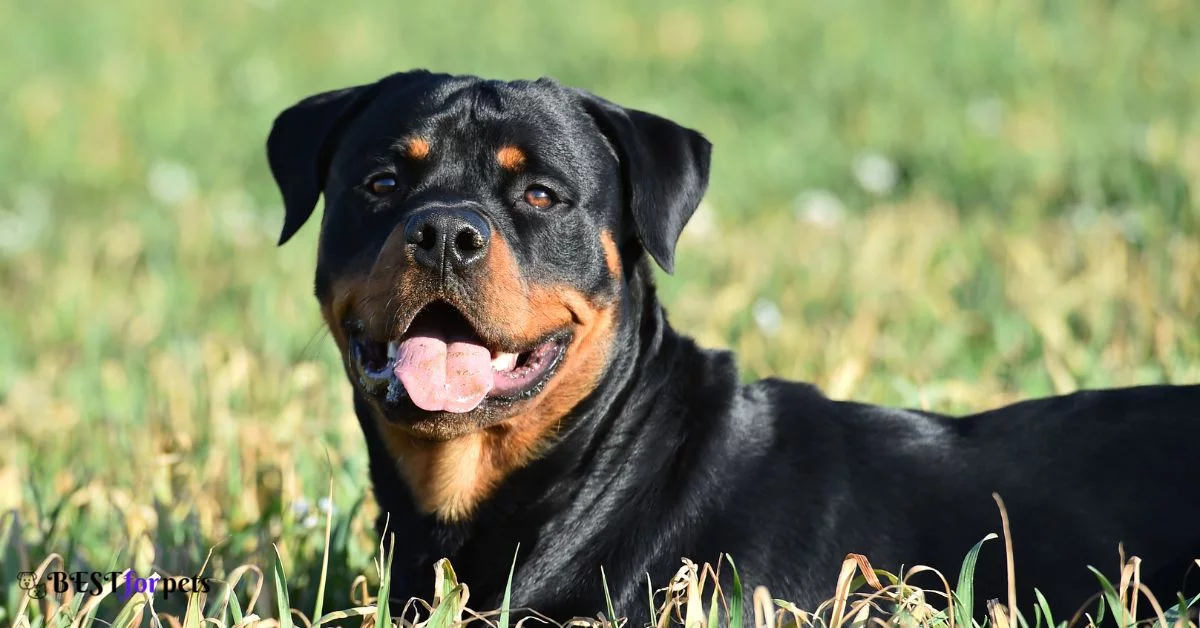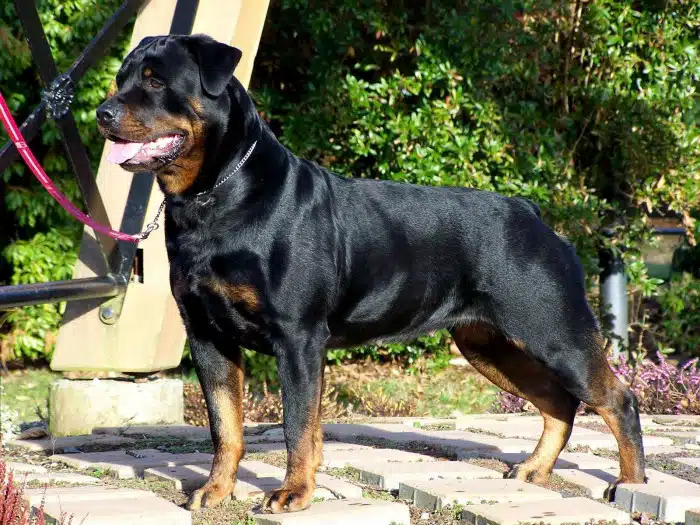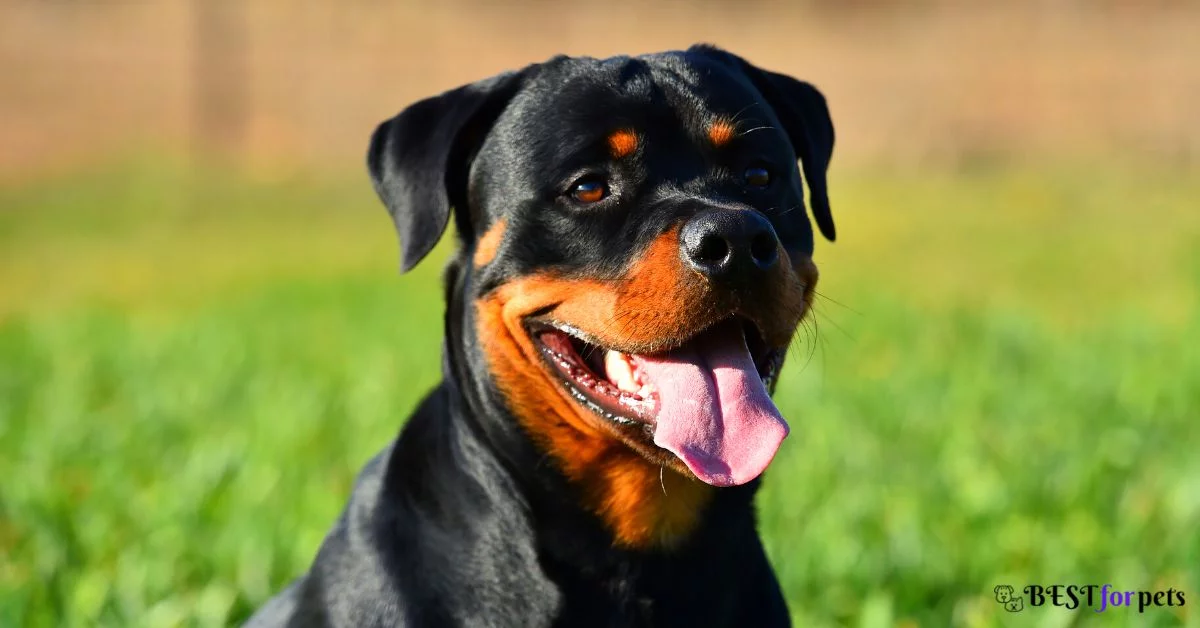//Prices//
Rottweiler Price In India
You will find the average Rottweiler price in India anywhere between ₹10,000 and ₹80,000. This price range depends on factors like the Rottweiler’s coat color, lineage, location, age, size, and the breeder’s reputation.
Best For Pets gives all its clients the assurance of offering the best Rottweiler price in India. We focus on building a relationship of trust that goes beyond making profits. All our Rottweiler puppies on our farms across India are priced reasonably. At Best For Pets, you won’t only get the best Rottweiler puppy price in India but also receive personalized assistance in managing your budgets. We ensure that our clients do not face financial hiccups while nurturing their Rottweiler puppies.


Rottweiler Price In India: Affordable Puppies Across India
Whether you live in the suburbs of Mumbai or by a Goan beach, it is our responsibility to give you the most affordable Rottweiler dog price in India. Irrespective of your location, a healthy and happy Rottweiler puppy will reach you on time. Best For Pets takes pride in staying true to its name and giving its clients nothing but the best services in the country!
Various Factors Affect The Price Of Rottweiler
1. Pedigree
Rottweilers with a strong lineage, champion bloodlines, and a proven track record of success in shows or competitions can demand a higher price.
2.Coat color
Rottweilers with unique coat colors, such as blue or silver, may cost more than those with standard coloring.
3.Age
Puppies are usually more expensive than adult Rottweilers, as they require more care and attention. However, adult Rottweiler puppy price that have already undergone training and socialization may also cost more.
4.Health
Rottweilers that have been health tested and certified by a veterinarian for common breed-specific health issues may cost more than those without certification.
5.Location
Prices for Rottweilers can vary depending on the location of the breeder. For example, a breeder in a major city may charge more for their dogs than one in a smaller town.
6.Demand
If there is a high demand for Rottweilers in a particular area, breeders may charge a premium price.
7.Coat Color
Golden retrievers with rarer coat colors such as black golden retrievers are more expensive than golden retrievers with normal coat colors such as brown golden retrievers. You may be thinking Why does Golden Retriever Coat Color Affect Their Price? Well, it is because people prefer buying rare colored golden retriever dogs over normal colored ones.


Appearance of Rottweiler
Rottweilers are a large and muscular breed of dog, with a powerful and athletic build. They have a broad head with a short and broad muzzle, and strong jaws. Their eyes are medium-sized and almond-shaped, with a dark brown color. The ears are medium-sized, triangular-shaped, and carried forward, and they are usually cropped or left natural. Their coat is short, thick, and glossy, and it comes in black with mahogany or rust-colored markings on the legs, chest, and face. The markings are typically located above the eyes, on the cheeks, on the chest, and on the legs. The tail is typically docked, although it is becoming less common in some countries due to animal welfare concerns.
Male Rottweilers typically weigh between 95-135 pounds, while females weigh between 80-100 pounds. They stand between 22-27 inches tall at the shoulder, with males usually being taller than females. Overall, Rottweilers have a commanding and imposing appearance that is sure to turn heads.
An Introduction To Rottweilers
When it comes to sturdy, protective, and loyal dogs, few breeds match the standards set by Rottweilers. These medium-to-large dogs were originally bred in Germany to help butchers carry carts of meat. They were also used as herding dogs for several years. Over time, Rottweilers gained popularity across the globe and people started domesticating them. Today, a Rottweiler makes a great domestic pet while retaining its natural instincts.
There is a common misconception about Rottweilers being too aggressive and dangerous. Once you get yourself a Rottweiler puppy, you will realize how little truth these rumors have. Rottweilers do not get aggressive without any valid reason. They are full of love and very gentle with kids. A Rottweiler will love playing and spending time with its owner. It will get aggressive only when it feels threatened by someone. If you treat your Rottweiler with love, it will give you nothing but love in return.
There is little to no grooming hassles when it comes to Rottweilers. They have short and dense coats that can be groomed easily. You need not take your furry friend to a professional groomer unless it is necessary. A few common Rottweiler coat colors include black, tan, mahogany, and other darker colors.
History of Rottweiler Dog
The Rottweiler breed has a long and interesting history that dates back to ancient Rome. They were originally used as herding dogs and were often used to protect cattle from predators. As Roman armies conquered new territories, they brought their Rottweilers with them to help with various tasks, including guarding and herding. It is believed that the Rottweiler breed is a descendant of the Roman drover dog, which was used to move herds of cattle.
After the fall of the Roman Empire, Rottweilers were used by butchers in the town of Rottweil, Germany to pull carts and protect their owners from robbers. As rail transportation became more popular, the need for working dogs decreased, and the Rottweiler breed nearly became extinct. However, in the early 20th century, Rottweilers were rediscovered and became popular as police and military dogs.
Frequently Asked Questions
Are Rottweilers Aggressive?
Rottweilers can be protective and territorial, but they are not inherently aggressive. Proper socialization and training are essential to ensure that a Rottweiler is well-behaved and friendly.




